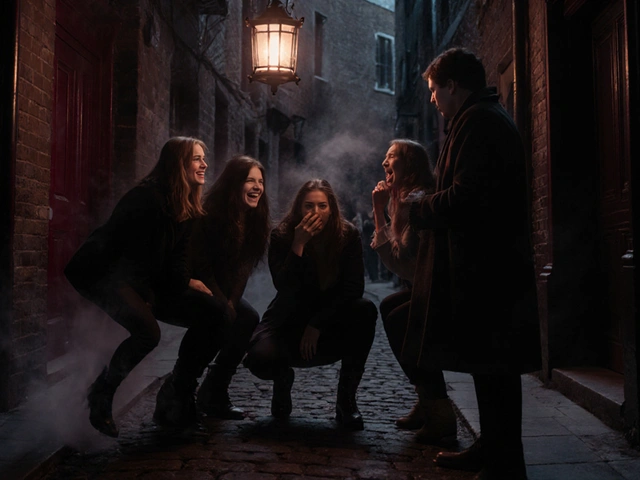Nightclub Acoustics: Why Sound Shapes Your Night Out
If you’ve ever left a club feeling groggy because the music sounded muddy, you’ve experienced poor acoustics. Sound is the heartbeat of any nightclub, and a well‑tuned space can turn a regular night into an unforgettable experience. In London’s buzzing nightlife, knowing what to look for can help you pick venues where the bass hits just right and the vocals stay clear.
What Makes Good Club Acoustics?
Good acoustics start with proper room shape. Too many parallel walls create echo, while curved surfaces help scatter sound evenly. Materials matter too – acoustic panels, diffusers, and heavy curtains absorb excess reverberation, keeping the mix from blowing out your ears. The best clubs invest in sound engineers who balance the system for each room, not just crank up the volume.
How to Spot a Club with Great Sound
1. Check the speaker setup. Look for reputable brands like Funktion-One, Meyer, or L-Acoustics. These systems are pricey, so they’re a good sign the venue cares about audio.
2. Listen before you order a drink. Walk in, stand near the dance floor, and pay attention to how the bass feels. You should feel the rhythm without a rattling chest.
3. Ask the staff. Bartenders and door crew often know which rooms have the best sound. A quick “Which floor has the clearest mix?” can save you an ear‑sore night.
4. Read reviews. Look for mentions of “clean sound,” “balanced mix,” or “great acoustics.” Vague praise like “awesome vibe” often skips the technical side.
5. Watch the crowd. If people are dancing in sync and not covering their ears, the acoustics are likely solid.
London clubs like Fabric, Ministry of Sound, and Metropolis invest heavily in acoustic design, so they consistently rank high for sound quality. But even smaller venues can surprise you if they’ve hired a professional to tune the room.
Another tip: avoid clubs that rely solely on massive sub‑woofers without proper tuning. The bass may feel like a shaking floor, but it often drowns out other frequencies, making the music feel thin.
Finally, consider the venue’s layout. Open‑plan spaces can cause sound to travel far, affecting nearby tables. A tiered or balcony setup can give you a better listening position without crowding.
Next time you plan a night out, think beyond the DJ lineup and check the acoustic pedigree. A club that gets its sound right lets you hear every detail, from the singer’s voice to the subtle synth layers, keeping you energized instead of exhausted.
Remember, great acoustics aren’t just about loudness; they’re about clarity, balance, and comfort. Choose venues that treat sound like a craft, and you’ll leave the dance floor feeling thrilled, not sore.
Enjoy your next London night with ears happy and the music booming in all the right places.
London Dance Clubs: Unraveling the Secrets of Seductive Soundscapes
Navigating through London's vibrant nightlife, this article delves into the art and science of acoustics in dance clubs. From the intricate balance of sound waves to the sultry vibes of electronic music, discover how clubs master the auditory experience to create unforgettable nights. Explore cultural influences, local aspects, and the sensual atmosphere that these establishments offer to their patrons.
Categories
Popular Articles

Nov 5 2025

Jan 28 2025




